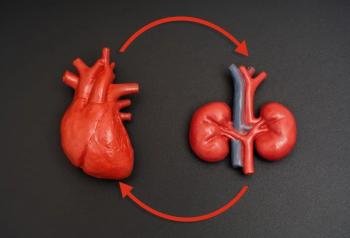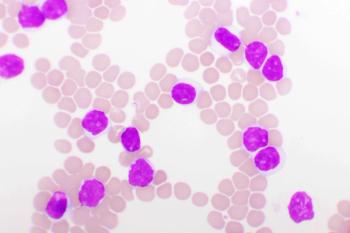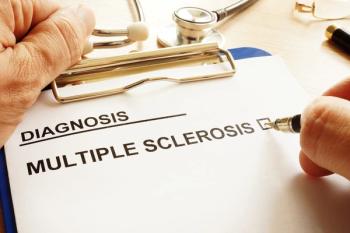
Patients With HIV Had Reduced Frequency, Severity of Long COVID Symptoms
Symptoms associated with long COVID were less frequent in patients living with HIV.
Lower-severity symptoms and reduced frequency of symptoms of long COVID (LC) were reported in people living with
LC is defined as symptoms of the COVID-19 virus persisting beyond 4 weeks of the onset of the infection. This can include delayed complications that last for months. Approximately 43 million in the United States have
The outpatient department at the Tengchong People’s Hopsital in Yunnan Province, China, was used to recruit patients for the comparative study conducted in May and June 2023. LC was defined as having symptoms of COVID-19 for 4 or more weeks after the initial infection. This included respiratory, cardiovascular, neurological, and musculoskeletal symptoms. All participants were aged 18 to 60 years, completed a survey, had relevant blood laboratory testing, had a blood sample collection, and joined the survey 6 months after a confirmed infection with COVID-19.
All PLWH in this study were being treated with ART. All participants took the survey 6 months after their initial diagnosis of COVID-19, where they self-reported their symptoms of LC. Age, sex, occupation, education level, and vaccination status were all collected from participants, alongside the time to the onset of symptoms. All participants had blood drawn for the purposes of the study.
There were 84 participants included in this study, of whom 42 were PLWH and 42 were PNLWH. There were no significant differences found in age and sex between the 2 groups. The majority of PLWH had an education level of primary school or lower (71.4%) compared with only 42.9% of those in the PNLWH group. A total of 71.4% of the PNLWH group had been vaccinated 3 times and 19.0% received 2 doses; 83.3% of the PLWH had received 3 doses and 9.5% had received 4 doses.
Onset of symptoms was significantly different between the 2 groups, with the majority of participants in the PNLWH reporting symptoms 2 to 4 days after contact with a person with COVID-19 (59.5%) compared with less than 24 hours being the most common in the PLWH group (92.9%).
PNLWH showed more symptoms of LC compared with the PLWH group overall. PNLWH more often reported fatigue (88.1% vs 14.3%), joint pain (47.6% vs 14.3%), insomnia (40.5% vs 11.9%), weakness (90.5% vs 45.2%), sweating (57.1% vs 4.8%), anxiety (23.8% vs 2.4%), depression (23.8% vs 4.8%), appetite loss (31.0% vs 4.8%), attentional decline (16.7% vs 0.0%), and sore throat (54.8% vs 2.4%) compared with PLWH. PNLWH also had median blood serum levels of cardiovascular biomarkers that were lower compared with PLWH.
The researchers concluded that PLWH who were using ART had milder symptoms of LC compared with PNLWH. “This observation may be attributed to the use of ART, which has been shown to improve the prognosis of COVID-19 in individuals co-infected with HIV and coronavirus,” they wrote.
Future studies should use randomized control trial designs with larger sample sizes to confirm the findings, the investigators concluded.
References
- Li Q, Ma Y, He P, et al. Long COVID symptoms 6 months after acute infection among people living with HIV and people not living with HIV. Front Immunol. Published online November 28, 2024. doi:10.3389/fimmu.2024.1430214
- Burns A. As recommendations for isolation end, how common is long COVID? KFF. April 9, 2024. Accessed December 13, 2024.
https://www.kff.org/coronavirus-covid-19/issue-brief/as-recommendations-for-isolation-end-how-common-is-long-covid/
Newsletter
Stay ahead of policy, cost, and value—subscribe to AJMC for expert insights at the intersection of clinical care and health economics.















































